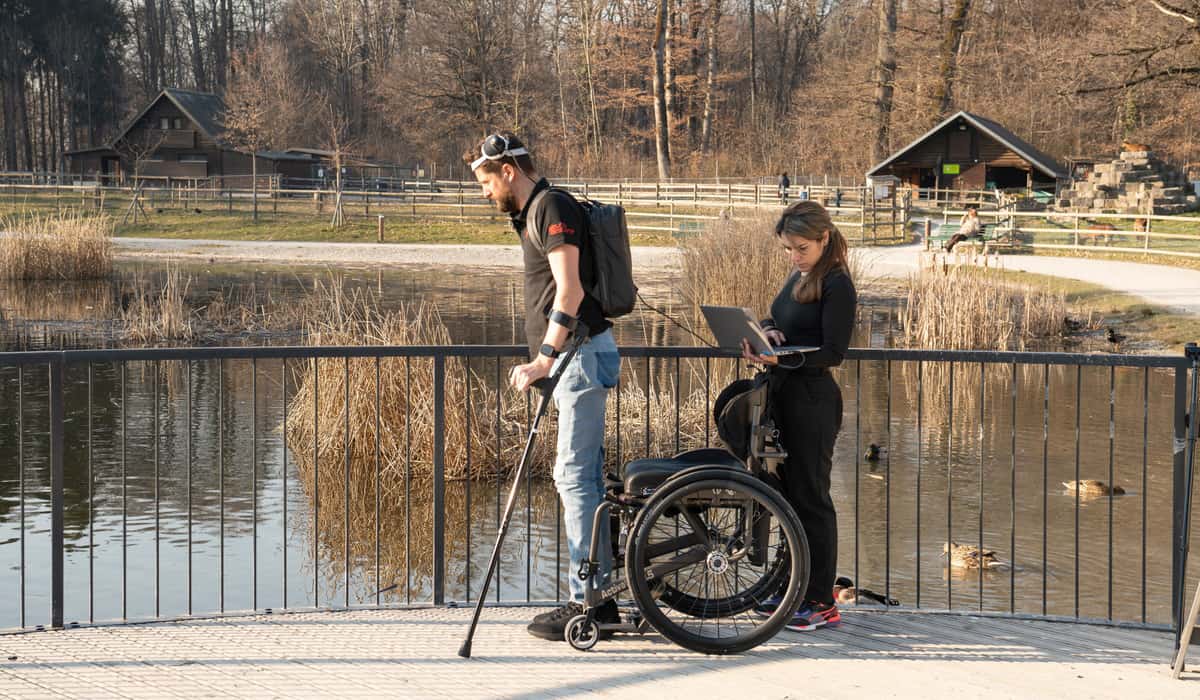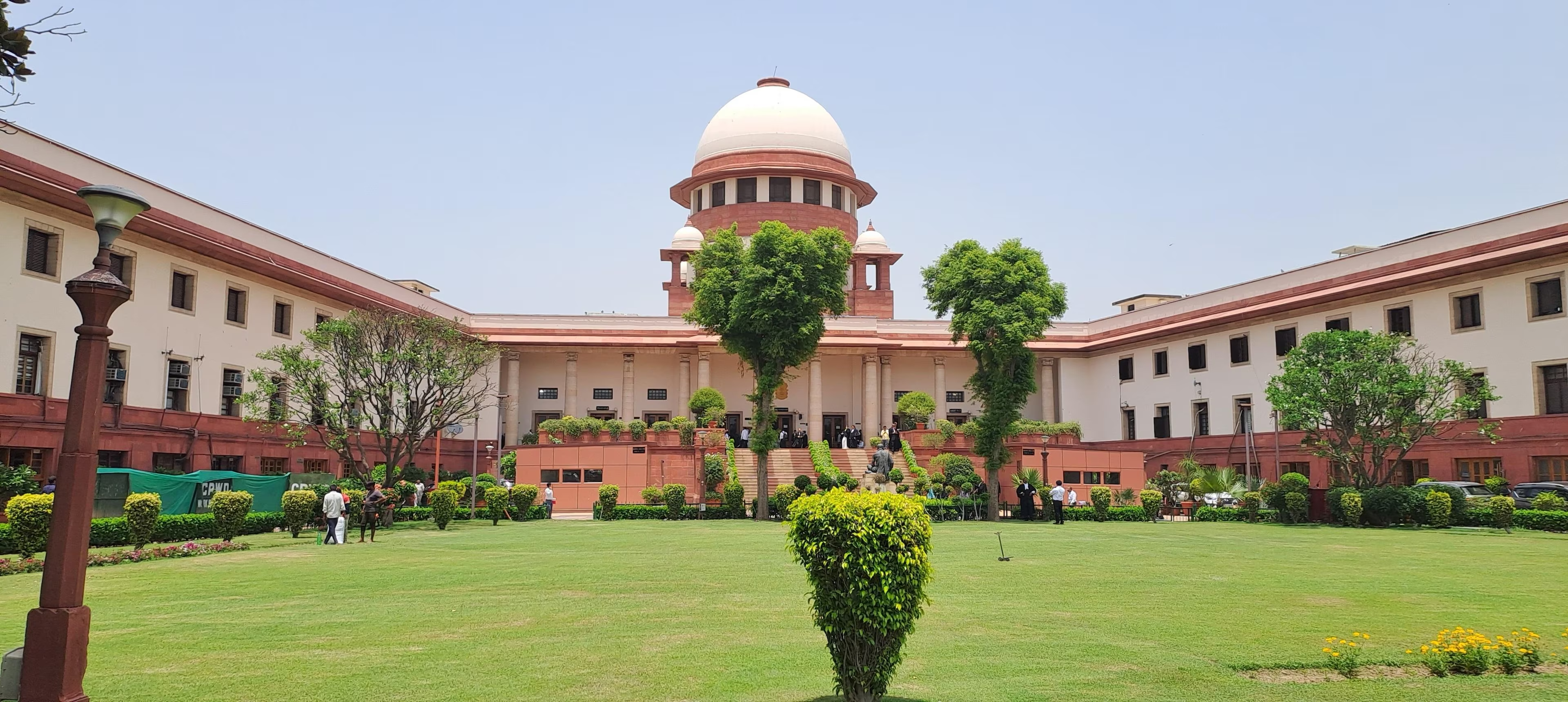- Courses
- GS Full Course 1 Year
- GS Full Course 2 Year
- GS Full Course 3 Year
- GS Full Course Till Selection
- CSAT
- 5 LAYERED ARJUNA Mentorship
- Public Administration Optional
- Online Program
- GS Recorded Course
- NCERT (Recorded 500+ Hours)
- Polity Recorded Course
- Geography Recorded Course
- Economy Recorded Course
- AMAC Recorded Course
- Modern India, Post Independence & World History
- Environment Recoded Course
- Governance Recoded Course
- Science & Tech. Recoded Course
- International Relations and Internal Security Recorded Course
- Disaster Management Module Course
- Ethics Recoded Course
- Essay Recoded Course
- Current Affairs Recoded Course
- ABOUT US
- OUR TOPPERS
- TEST SERIES
- FREE STUDY MATERIAL
- VIDEOS
- CONTACT US
Three New Fish Species Spotted Using Tools in The Laccadive Sea
Three New Fish Species Spotted Using Tools in The Laccadive Sea
19-04-2024
Reports of aquatic animals using tools have been uncommon because they’re more difficult to observe and a perception that fish are ‘less intelligent’
Key Facts about the Laccadive Sea
- Location: The Laccadive Sea (or Lakshadweep Sea) forms part of the Indian Ocean, bordering India, the Maldives, and Sri Lanka.
- Boundaries: It connects to other parts of the Indian Ocean – the Arabian Sea to the north and the Nine Degree Channel to the south.
- Size: The Laccadive Sea covers a significant area, approximately 303,476 square miles.
- Depth: With an average depth of 6,329 feet, it's about half as deep as the Indian Ocean overall.
- Biodiversity: The Laccadive Sea supports a rich variety of marine life. The Gulf of Mannar alone is home to around 3,600 species. Its coral reefs provide habitat for almost 120 different coral species.
- Important Cities: Major cities located along the shores of the Laccadive Sea include Trivandrum, Kochi, and Quilon in India; Colombo in Sri Lanka; and Malé in the Maldives.
FAQs:
Q1: What is a Gulf?
A gulf is a large area of a sea or ocean that extends deeply into the land. Gulfs form through various processes:
- Land Collapse/Sinking: When a large piece of land collapses or sinks, it can create a big indentation that the sea fills in.
- Erosion: Gulfs can also form over time through the gradual erosion of the coastline.



